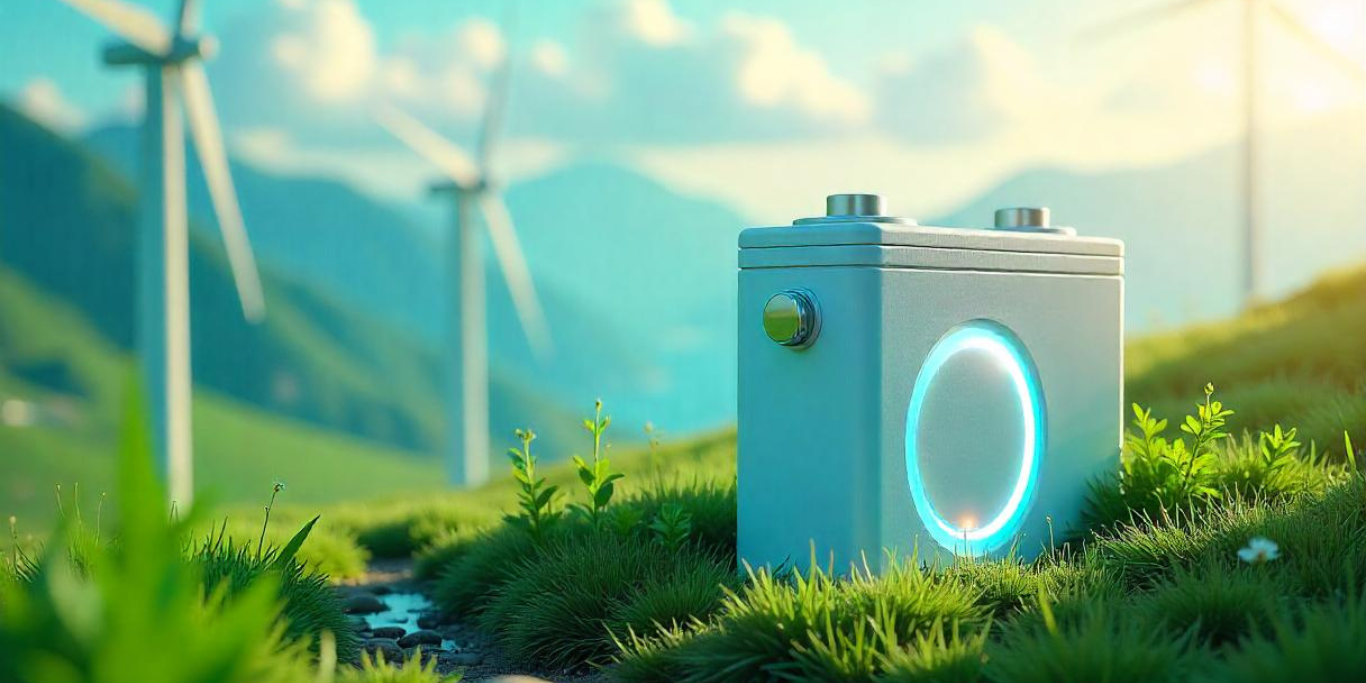From Solar to Storage: Why Physical Efficiency Batteries Are Changing the Game
As energy consumption continues to rise and the world focuses on sustainability, innovations in battery technology are playing a crucial role. One of the most exciting advancements is the development of physical efficiency batteries. These batteries are not only enhancing how we store and use energy but also helping to reduce waste, lower electricity costs, and increase the overall sustainability of energy systems.
In this article, we’ll explore how they work, their benefits, and why they are becoming an essential part of both residential and industrial energy solutions.
What Are Physical Efficiency Batteries?
Physical efficiency batteries refer to advanced energy storage systems designed to minimize energy loss and maximize the efficiency of energy storage and usage. Unlike traditional batteries, which can lose significant amounts of energy during charging and discharging, physical efficiency batteries are engineered to optimize these processes, providing a more reliable and efficient energy storage solution.
This technology can be used in various applications, from powering homes and businesses to supporting renewable energy systems like solar and wind power. By enhancing the physical efficiency of energy storage, these batteries contribute to a greener and more sustainable energy future.
How Physical Efficiency Batteries Improve Energy Efficiency
- Reduced Energy Loss One of the key advantages of physical efficiency batteries is their ability to reduce energy loss during storage and conversion. Traditional batteries often suffer from energy loss in the form of heat, especially during discharge. However, physical efficiency batteries use advanced materials and technologies to minimize this loss, ensuring that more of the stored energy is available when needed.
- Longer Lifespan With improved physical efficiency, these batteries typically last longer than conventional energy storage systems. As a result, they require fewer replacements over time, reducing the need for manufacturing and disposal, and ultimately benefiting the environment.
- Better Integration with Renewable Energy Systems Renewable energy sources such as solar and wind power are intermittent, meaning their energy output can fluctuate throughout the day. Physical efficiency batteries help smooth out these fluctuations by storing excess energy when production is high and releasing it when production is low. This ensures a more reliable and consistent energy supply, even when the sun isn’t shining or the wind isn’t blowing.
Their Role in Homes and Businesses
In homes, physical efficiency batteries are becoming a go-to solution for energy storage. By pairing these batteries with solar panels, homeowners can store excess energy generated during the day and use it during peak hours, when electricity prices tend to be higher. This not only reduces energy bills but also makes homes more energy-independent.
For businesses, the integration of physical efficiency batteries allows for optimized energy usage and cost savings. By reducing reliance on the grid and utilizing stored energy during peak demand times, businesses can lower operating costs and become more sustainable.
Benefits
- Cost Savings: By improving energy storage efficiency, users can significantly reduce their electricity bills, especially when combined with renewable energy sources.
- Sustainability: These batteries contribute to a more sustainable energy system by reducing waste, enhancing the use of renewable energy, and decreasing reliance on fossil fuels.
- Grid Stability: Physical efficiency batteries help stabilize the grid by providing a consistent energy source, reducing the impact of demand spikes.
Why Are They the Future of Energy Storage
As the world shifts toward more sustainable energy solutions, physical efficiency batteries are becoming increasingly important. Their ability to store and release energy more effectively makes them an essential component of any modern energy system, whether it’s in a residential home, commercial building, or large-scale industrial facility.
The future of energy storage lies in maximizing physical efficiency, and these batteries are leading the way. As technology continues to improve, we can expect even higher efficiency, lower costs, and more widespread adoption of physical efficiency batteries.
Conclusion: Embrace the Future of Energy with Physical Efficiency Batteries
Physical efficiency batteries are more than just a trend—they’re a vital part of the energy solutions of tomorrow. By reducing energy loss, extending battery life, and integrating seamlessly with renewable energy systems, these batteries offer a more efficient, cost-effective, and sustainable way to manage energy. Whether you’re a homeowner looking to save on electricity bills or a business striving to reduce operating costs, physical efficiency batteries are the key to unlocking a more energy-efficient future.
For more information on how physical efficiency batteries can help you save energy and money, don’t hesitate to contact our experts today. Together, we can create a more sustainable and energy-efficient world. Additionally, if you’re looking for an advanced solution to optimize your energy usage, check out our Virtual Battery service and see how it can transform your energy consumption.
Stay Informed and Save Energy!
Stay informed on the best ways to save electrical energy at home by exploring our blog! We offer expert tips, practical strategies, and the latest insights to help you reduce your energy consumption, lower your electricity bills, and make your home more energy-efficient. Visit our blog regularly for new articles and guides on energy-saving solutions.










